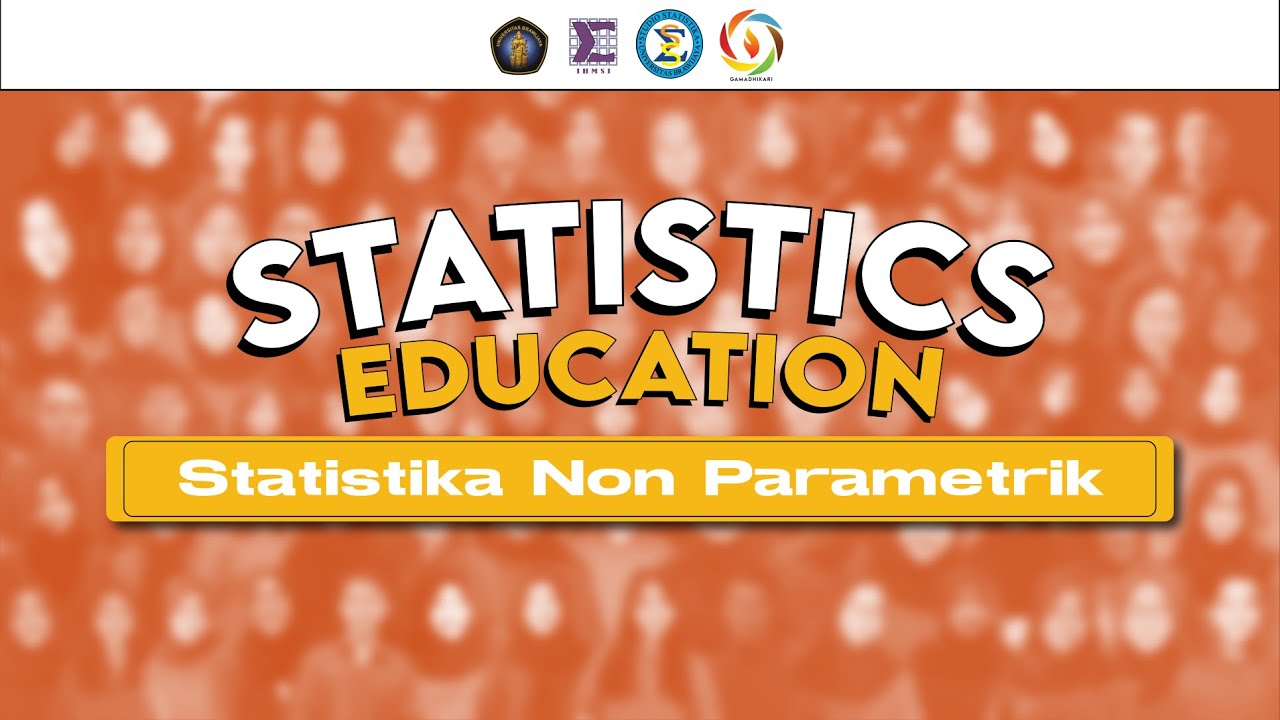4.1 | DATA MANAGEMENT | AN INTRODUCTION | MATHEMATICS IN THE MODERN WORLD | ALOPOGS
Summary
TLDRToday's discussion delves into data management, a crucial tool in business and education, also known as statistics. It encompasses collecting, organizing, presenting, analyzing, and interpreting numerical data. The script distinguishes between descriptive and inferential statistics, explaining the role of variables and their types—qualitative and quantitative. It further clarifies the difference between discrete and continuous variables and introduces the concept of dependent and independent variables in statistical analysis. The script also outlines the primary and secondary nature of data and the four scales of measurement: nominal, ordinal, interval, and ratio.
Takeaways
- 📊 **Data Management Definition**: Data management is the science of collecting, organizing, presenting, analyzing, and interpreting numerical data.
- 📈 **Types of Data Management**: It includes descriptive statistics (summarizing data) and inferential statistics (making predictions or inferences from data).
- 🔍 **Variables in Statistics**: Variables are characteristics being studied and can vary across individuals or objects.
- 📏 **Types of Variables**: Qualitative variables represent differences in quality, while quantitative variables are numerical and can be discrete or continuous.
- 🏷️ **Qualitative Variables**: These include characteristics like sex, birthplace, and religious preference that are not numerical.
- 🔢 **Quantitative Variables**: These include measurable attributes like weight, height, and test scores.
- 📉 **Discrete Variables**: Variables that can be counted using whole numbers, such as the number of students in a classroom.
- 📊 **Continuous Variables**: Variables that can take any value within a range, like height or weight.
- 🔄 **Dependent and Independent Variables**: Dependent variables are predicted, while independent variables are used to make predictions.
- 📚 **Data Collection**: Data can be primary (directly collected) or secondary (from previously gathered data).
- 📐 **Scales of Measurement**: Data can be nominal (identifying), ordinal (ranking), interval (with a measurable gap between values), or ratio (with a true zero point).
Q & A
What is data management?
-Data management is the science of collecting, organizing, presenting, analyzing, and interpreting numerical data. It also refers to the tabulation of numeric information in reports or the techniques used in processing or analyzing data.
What are the two types of variables in statistics?
-The two types of variables in statistics are qualitative and quantitative. Qualitative variables represent differences in quality, character, or kind, while quantitative variables are numerical in nature and can be ordered or ranked.
What is the difference between discrete and continuous variables?
-Discrete variables can be counted using integral values and represent a countable number of distinct outcomes, like the number of students in a classroom. Continuous variables can take any numerical value over an interval and can yield decimal or fractional values, such as height, weight, temperature, and time.
What is the role of a dependent variable in a study?
-A dependent variable is a variable whose value is being predicted in a study. It is the outcome that is expected to change as a result of changes in the independent variable.
How is primary data different from secondary data?
-Primary data refers to information gathered directly from the original source or based on direct experience. Secondary data, on the other hand, is information taken from previously gathered data by other individuals or agencies, which may be published or unpublished.
What are the four scales of measurement for data?
-The four scales of measurement for data are nominal, ordinal, interval, and ratio. Nominal data uses numbers to identify groups or categories, ordinal data has a ranking but no consistent intervals, interval data has consistent intervals but no true zero point, and ratio data has both a true zero point and consistent intervals.
Can you provide an example of nominal data?
-An example of nominal data is categorizing electricity consumption into residential, commercial, or industrial, where numbers are used to identify the type of consumer rather than to indicate quantity.
What is an example of ordinal data?
-An example of ordinal data is ranking, such as first, second, third place in a race, or grades categorized as low, medium, or high, which indicates order but not the exact difference between the levels.
How does interval data differ from ratio data?
-Interval data has a consistent measurement scale with equal intervals but no true zero point, like the Fahrenheit temperature scale. Ratio data also has a consistent scale but includes an absolute zero point, making the ratios meaningful, such as the ratio of votes where zero indicates no votes.
What is the purpose of descriptive statistics?
-Descriptive statistics is concerned with collecting, analyzing, organizing, and presenting numerical data to describe or summarize a situation. It helps to characterize the features of the data presented.
How does inferential statistics differ from descriptive statistics?
-While descriptive statistics summarize and describe data, inferential statistics involves analyzing organized data to make predictions or inferences. It often relies on patterns observed in the data to draw conclusions.
Outlines

このセクションは有料ユーザー限定です。 アクセスするには、アップグレードをお願いします。
今すぐアップグレードMindmap

このセクションは有料ユーザー限定です。 アクセスするには、アップグレードをお願いします。
今すぐアップグレードKeywords

このセクションは有料ユーザー限定です。 アクセスするには、アップグレードをお願いします。
今すぐアップグレードHighlights

このセクションは有料ユーザー限定です。 アクセスするには、アップグレードをお願いします。
今すぐアップグレードTranscripts

このセクションは有料ユーザー限定です。 アクセスするには、アップグレードをお願いします。
今すぐアップグレード5.0 / 5 (0 votes)






